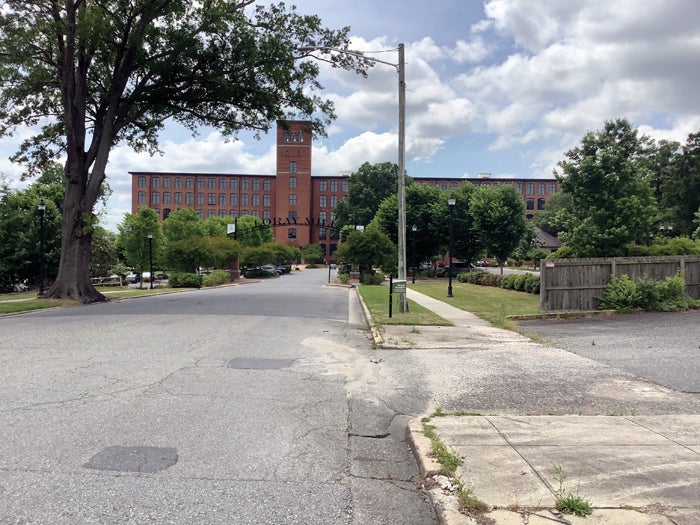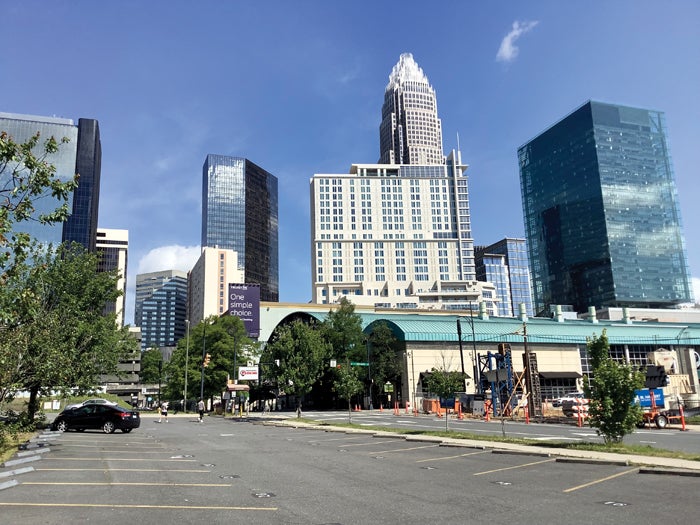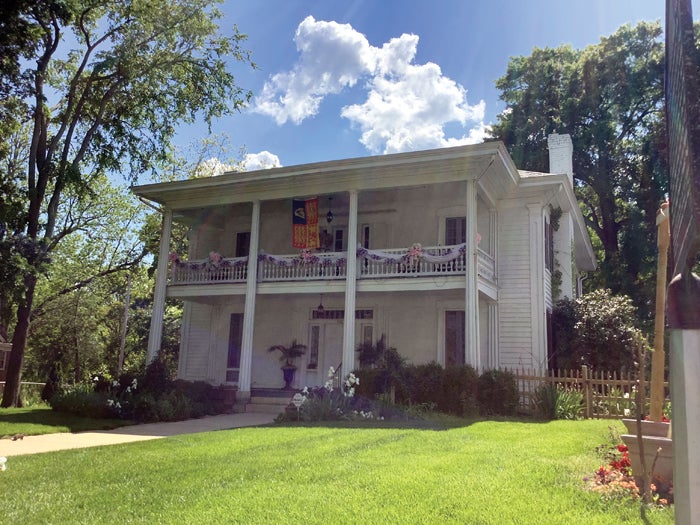David Freeze: More county seats close by
Published 12:00 am Thursday, May 18, 2023
|
Getting your Trinity Audio player ready...
|
Editor’s note: David Freeze is a runner, running coach and long-distance cyclist from China Grove in Rowan County. He is completing a challenge to run in a few miles in every county seat in all 100 N.C. counties. Contact him at david.freeze@ctc.net.
It has been an early goal to tally most of the counties that I could visit on a same day trip. Very few of those remain, but I did get three more on the weekend of May 6/7.
My first visit was Statesville, one that I knew would be enjoyable. The legislature decided to divide Rowan County in 1788 and Statesville was established as the county seat of Iredell in 1789. Iredell was named for James Iredell, a justice in the first Supreme Court. Statesville was a North Carolina leader in production of tobacco and tobacco products, plus blended whiskey.
The old Iredell County courthouse in Statesville was built in 1899 and is undergoing a major outside renovation with scaffolding all around. An earlier courthouse and post office, later used as city hall was across the street, having been built in 1891. One other building has always been my favorite in Statesville, the Mitchell College main building, built from 1854-1856. Other beautiful buildings highlight the campus which sits at the top of the highest hill in Statesville.
While there, I noticed carriage rides were being given in town and found them originating at the Colonel Silas Sharpe Alexander house, built between 1860 and 1865. A large sit-down party was being held in the backyard, with everything decorated to celebrate the coronation of King Charles. The front of the house, one of the oldest in town, was decorated too. Sharpe was sworn in as the first mayor of Statesville in 1867.
Historic Broad and Center streets were busy on a Saturday afternoon. A charity motorcycle ride was being hosted in downtown with live music ongoing for the riders who appeared to be mostly combat veterans. Along with the usual restaurants and bars in the area were a lot of outdoor provision suppliers. I stopped in at Andrea’s Ice Cream and Sweet Shop to see what was available. Andrea had been in town for nine of the business’s 10 years. She told me that business was good, partly crediting the downtown social district, and that they were about to get busy from 5 till closing at 9 p.m. I got wonderful pumpkin ice cream and a tasty store-made bagel.
Speaking of bagels, I next headed to Charlotte, Mecklenburg’s county seat. Employed here for 12 years, I didn’t spend much time downtown and dreaded the heavy traffic. On Sunday, May 7, I followed Siri’s directions that always leave me close to the county courthouse. This time, I was deposited in the middle of the government area, with the old and new courthouses nearby.
Charlotte is the 16th most populated U.S. city and third fastest growing city, and the second largest banking and financial center. It is also considered the center of the nation’s motorsports industry and that of professional wrestling. Mecklenburg County evolved from changes made to five other counties as the population headed west. Incorporated in 1768, the city was first called Charlottesburgh and Charlottetown on some maps. The Great Wagon Road became Tryon Street as it passed through Charlotte.
Many veins of gold were found in the area and Mecklenburg was the nation’s top producer in the early 1800s, leading to the construction of the Charlotte Mint. Other sources of income revolved around the railroad and cotton production. Charlotte has been the most populous N.C. city since 1930. The state’s largest running event, the Turkey Trot 5K and 8K, happens on Thanksgiving Day.
Among the many famous Charlotteans are Dwayne “the Rock” Johnson, early cowboy actor Randolph Scott and performer and songwriter Maurice Williams of the Zodiacs, famous for “Stay.”
I ran and walked around the relatively quiet downtown area, still in awe of the skyscrapers and many new condo and apartment buildings under construction in the area. I saw the Spectrum Center and the NASCAR Hall of Fame, then visited Einstein Bagels before leaving town. At least 20 people were waiting up to 20 minutes for their orders, but the cashier grabbed mine on the spot.
A quick 30-minute ride on Freedom Drive and I-85 took me to Gastonia, county seat of Gaston County. Gastonia was incorporated in 1877, the year that Civil War reconstruction ended. The crossing of two railroads and the beginning of the city’s textile industry brought opportunities for employment and social life. The initial population of the town was approximately 200 people, all located within one square mile.
I found the 1901 Gaston County Courthouse right away, now home to many government and community entities. Two other areas stood out as I toured the town. The Gastonia Honey Hunters baseball park, very much state of the art, seems a center of the downtown social life. The 1901 Loray Textile Mill building has been renovated and hosts multiple businesses and lofts.
Additionally, the 1922 Gastonia High School has been renovated with 74 upscale apartment homes. On the national register of historic places, the school opened with a pipe organ and indoor swimming pool. The original early 1920s Gaston Hospital has also been repurposed as 75 apartments.
A fun and artsy downtown is interesting and had live music early on a Sunday afternoon, even with a baseball game being played nearby. Gastonia is another town worth visiting.
I’m now at 37 county seats visited, while 63 remain. I had 4.71 miles running/walking in the three visits. I can’t wait to see more of our state!












